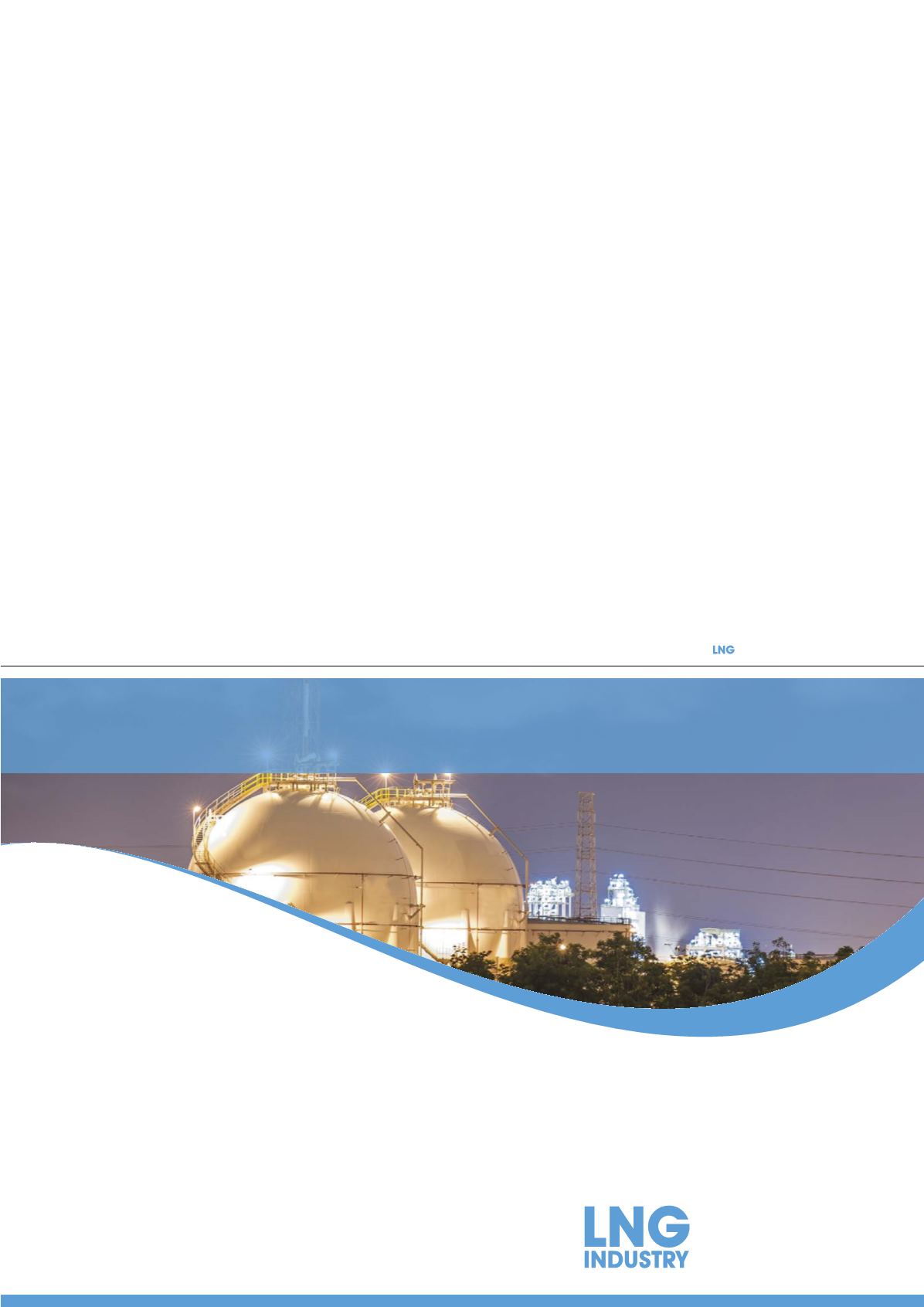
effective alternative. This approach enables operators to meet
shifting production demands and avoid lengthy downtime in a
cost-effective manner, while extending the life of the valves.
Far from being a second-rate solution, when a retrofit is
handled well, it can enable a cryogenic valve to perform better
than ever. With the addition of an innovative, customised trim,
existing valves can handle larger volumes with ease. What is
more, valve engineers have the benefit of insight into real
production challenges that may not have been apparent at the
original point of specification. In addition to this, if the valves
have been in service for a long time, modern technologies and
manufacturing techniques could offer new ways to enhance
their performance.
Testing and ongoing management
While there is no dedicated industry standard for valves
destined for cryogenic LNG applications, it is necessary to
test any control valve handling hazardous substances for seat
leakage. This is generally done in accordance with industry
standards BS 6364, ASME B16.34 and ANSI FCI 70-2, under
cryogenic conditions specified by the end-user. It is regular
practice for cryogenic valves to undergo testing at temperatures
of -196°C to verify that they can perform reliably at supercool
temperatures beyond what they are expected to encounter.
Typically, at least one cryogenic valve of each type per LNG
train or system undergoes cryogenic testing. In some cases, all
severe and critical service cryogenic valves are tested
individually.
Once a test specimen has passed standard hydrostatic and
seat leakage assessments at ambient temperature, it is purged
of previous test fluids before submersion in a tank of liquid
nitrogen. When it reaches the test temperature, it is filled with
helium gas (which does not freeze or liquefy at -196°C) and
carefully assessed for any seat or pressure shell leakage.
Thorough cryogenic testing reduces the likelihood of
having to troubleshoot during plant startup and provides a
high level of quality assurance for the end-user. Ideally,
in-factory tests should go one step further, in order to facilitate
proactive lifetime management of cryogenic valves. In addition
to the regulatory testing, establishing each valve’s performance
footprint provides a valuable benchmark for future performance
data throughout its life. This enables plant managers to quickly
ascertain whether set criteria are being met, and ensures the
rapid identification of any deviation from standard
performance, so that intervention can take place in a timely
and effective manner.
The hidden strength of
customisation
Cryogenic valves can be an LNG plant’s Achilles heel or hidden
strength. As production volumes increase to meet rising
global demand, there is an acute need to focus on maximising
their safe and reliable performance. Cryogenic valves with a
customised design may result in higher upfront CAPEX than
off-the-shelf products, but the OPEX benefits more than
compensate.
Applying specialist engineering skill to valve design
mitigates risk and maximises reliability. Combining this with
robust cryogenic testing and performance benchmarks ensures
cryogenic valves are primed for enduring good performance. In
the context of an LNG facility, cryogenic valves are a relatively
small piece of equipment, but they can make a big difference to
productivity. Customising them to deliver optimum performance
offers a route to commercial advantage.
LNG Industry magazine
Register for your free subscription at:
www.lngindustry.comGlobal coverage
of the entire LNG
value chain








